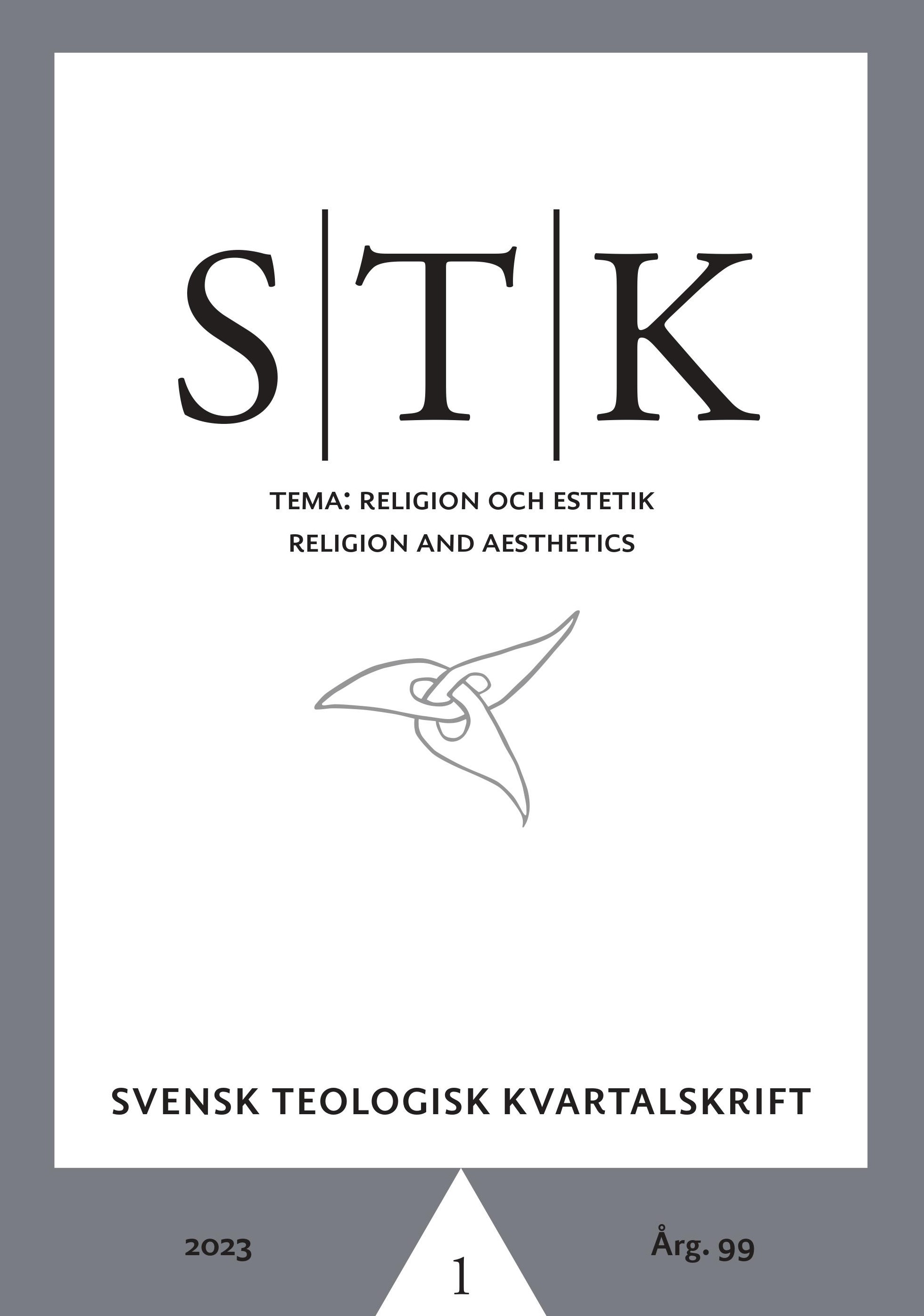Numinous Edifices
Aesthetic Experiences of Sacred Spaces
DOI:
https://doi.org/10.51619/stk.v99i1.25074Abstract
In this article, I explore the experience of the sacred with a focus on how it is experienced through spatial categories, particularly buildings. My main aim is to show how this is an aesthetic experience in the sense of what is intuitively given through our senses. My perspective is phenomenological in that I am above all concerned with how the sacred is experienced, not with how it should be interpreted. Thus, I discuss some of the classic writers on the phenomenology of religion – Mircea Eliade and Rudolf Otto – as well as some of their critics – Jonathan Z. Smith and, indirectly, Erika Fischer-Lichte. In their respective contributions to our understanding of how the sacred manifests itself in spatial edifices, I find both the classics and their critics constructive but ultimately wanting: while the classic approaches emphasize the power of the sacred and its verticality, the critics' responses stress the performance of the sacred and its horizontality. My own contribution consists of a dialectic combination of the two: that the sacred is in some sense construed through the iterations of its performance does not exclude a sacred power that manifests itself through this very performance as a surplus. I conclude that there is a need for a phenomenology of numinous edifices that attends more concretely both to the actual materiality of the buildings in question, as this gives rise to different experiences of the sacred, as well as to the articulation and nuances of a multisensory experience of such buildings.
Downloads
Published
Issue
Section
License
Copyright (c) 2023 Ola Sigurdson

This work is licensed under a Creative Commons Attribution-NonCommercial-NoDerivatives 4.0 International License.


